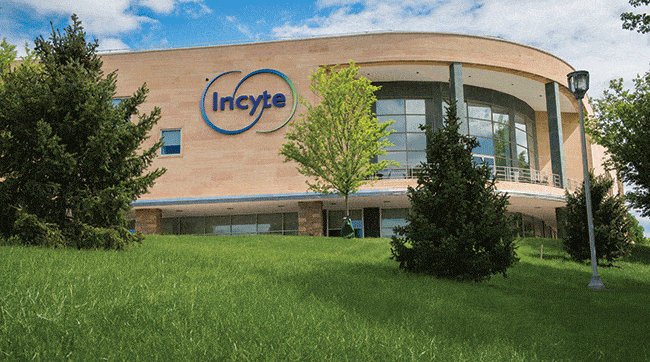
Incyte has announced that data taken from its pivotal phase 3 TRuE-V clinical trial programme assessing Opzelura 1.5% cream (ruxolitinib) in patients 12 years and older with nonsegmental vitiligo has been published in The New England Journal of Medicine (NEJM).
The TRuE-V1 and TRuE-V2 trials showed that application of Opzelura resulted in significant facial and total body repigmentation, compared to vehicle-control as shown by greater proportions of patients reaching the facial and total body Vitiligo Area Scoring Index (F-VASI and T-VASI, respectively) endpoints at week 24 versus vehicle, with a higher proportion of patients responding at week 52.
Jim Lee, Incyte’s group vice president, inflammation and autoimmunity, said: “Incyte is committed to developing innovative medicines for people with immune-mediated dermatologic conditions, and the publication of the TRuE-V results in NEJM is the culmination of years of work to advance science in vitiligo where there were no approved pharmacologic treatments for repigmentation.
“These pivotal results demonstrate significant improvements in facial and total body repigmentation with ruxolitinib cream, and we are proud that this data served as the foundation for the recent approval of ruxolitinib cream as the first and only US Food and Drug Administration (FDA)-approved treatment for repigmentation in nonsegmental vitiligo.”
Results from the phase 3 TRuE-V studies vehicle-controlled period (24 weeks) were previously announced, and week 52 data were featured in an oral presentation at the late-breaking abstract session at the American Academy of Dermatology (AAD) Annual 2022 Meeting.
The presentation included results at week 24, which had proven consistency across both trials, and showed that approximately 30% of patients treated with Opzelura achieved ≥75% improvement from baseline in F-VASI (F-VASI75), the primary endpoint.
Meanwhile, around 13% of patients applying vehicle in one study met the primary endpoint. At week 52, approximately 50% of patients who received Opzelura cream from day one achieved F-VASI75.
Additionally, at week 24, more than 15% of patients treated with ruxolitinib cream achieved ≥90% improvement from baseline in F-VASI (F-VASI90) versus approximately 2% of patients applying vehicle met F-VASI90.
At week 52, those treated with Opzelura who achieved F-VASI90 doubled to approximately 30%.
Moreover, a greater proportion of patients at week 52 achieved ≥50% improvement in T-VASI (T-VASI50), and further improvement on percentage change from baseline in facial body surface area (F-BSA) with application of Opzelura cream was also noted.
The marketing authorization application (MAA) for ruxolitinib cream as a potential treatment for adolescents and adults – those aged above 12-years-old – with nonsegmental vitiligo with facial involvement is under review at the European Medicines Agency (EMA).




